1. Cowry Shells
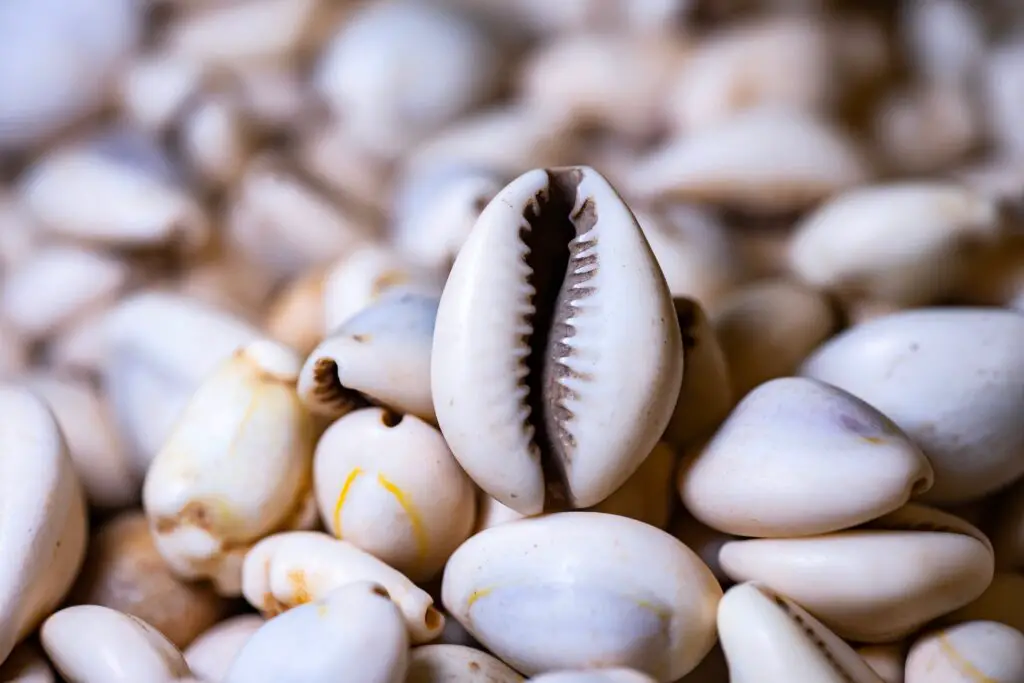
Before coins or paper bills, many ancient cultures turned to nature for currency, and cowry shells became one of the most widespread forms of money. Their small size, durability, and beautiful glossy appearance made them perfect for trading everything from food to land shares WHRO.
Cowry shells were especially popular in parts of Africa, Asia, and the Indian Ocean region. Traders could carry them easily, and their rarity in some areas added to their value. In fact, they were still used as currency in parts of Africa well into the 19th century. Today, collectors still seek out these shells, but back then, they were serious financial tools. It is fascinating to think that something you might now find on a beach vacation once held the same weight as a coin adds the New York Times.
2. Livestock
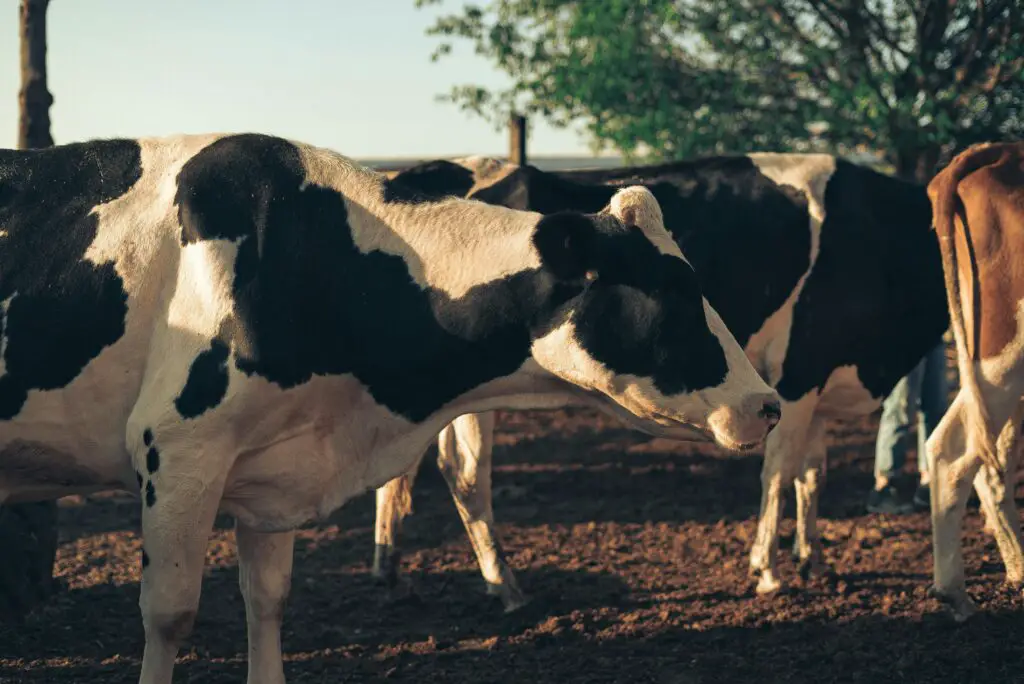
Long before wallets existed, wealth often walked on four legs. Livestock, especially cattle, sheep, and goats, acted as an early form of currency for many ancient societies says PBS.
For many people, animals weren’t just food sources, they were a measure of a person’s prosperity and ability to trade. The term “pecuniary,” which relates to money, actually comes from “pecus,” the Latin word for cattle. A healthy herd could be traded for land, labor, or even a spouse. Of course, keeping your money meant feeding it and keeping it from wandering off, which made managing wealth a very hands-on affair adds Reddit.
3. Salt
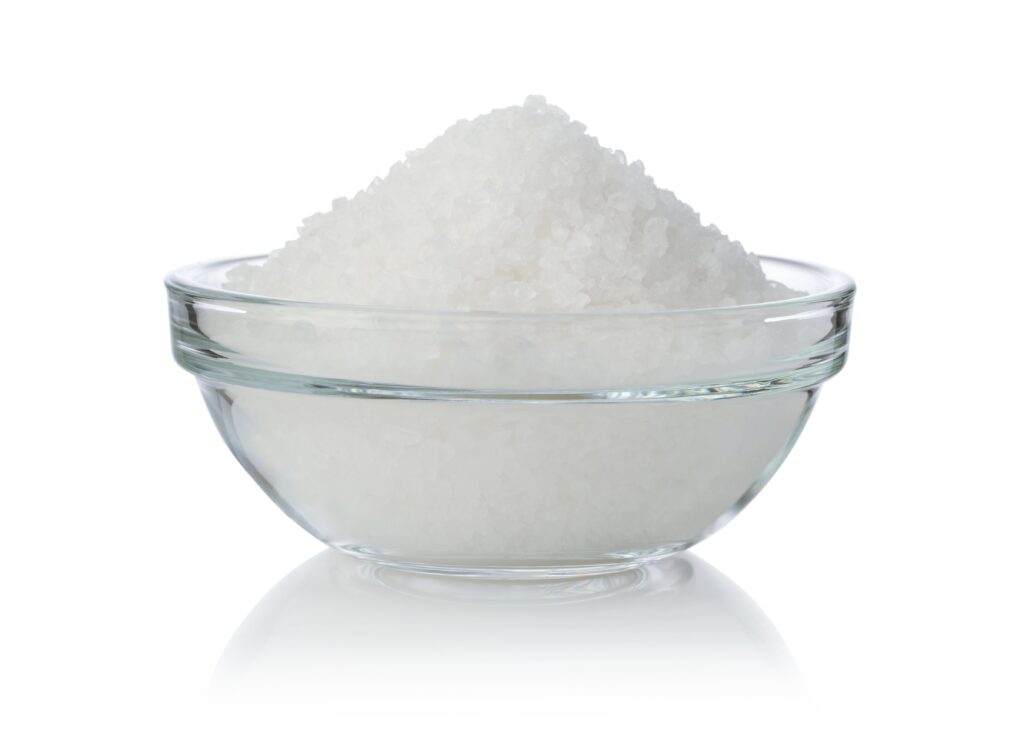
Salt was so valuable in ancient times that it was often referred to as “white gold.” Essential for preserving food and necessary for human health, salt became a highly sought-after commodity.
In some regions, workers were even paid in salt, which is where the word “salary” comes from. Caravans would travel dangerous routes to trade salt, especially across the Sahara Desert. Its value wasn’t just in its scarcity but in its critical role in survival. For centuries, salt fueled entire economies and could make or break a society’s fortunes.
4. Wampum
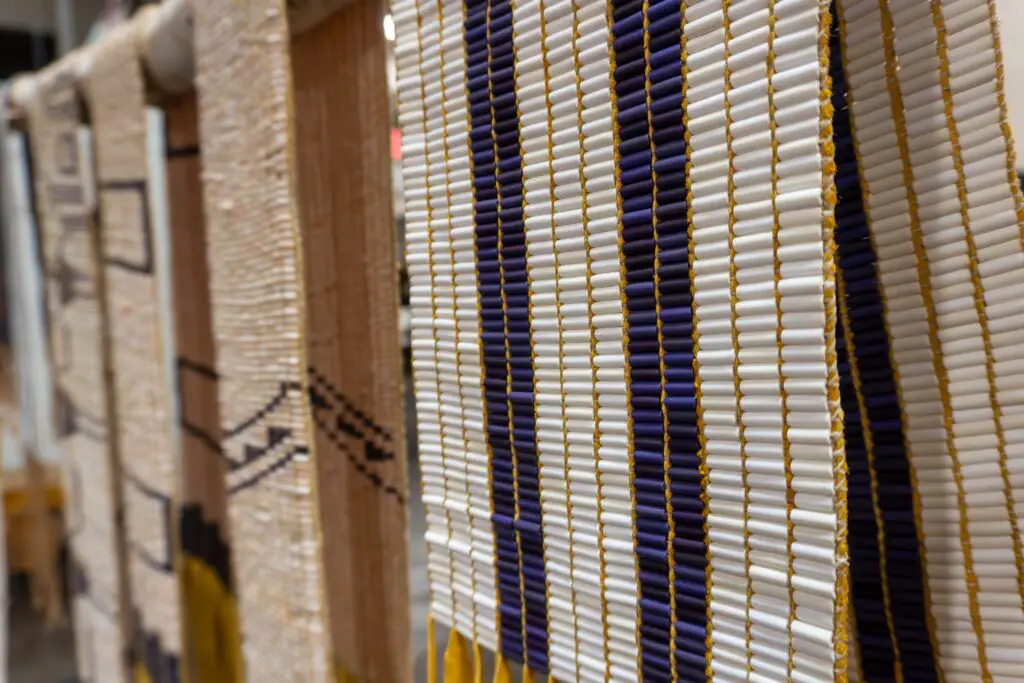
In parts of North America, Native American tribes used wampum, which were beads made from shells, as a form of currency. These beads weren’t just used for trade, they also held ceremonial and cultural significance.
The process of making wampum was labor-intensive, which added to its value. European settlers later adopted wampum as legal tender in some colonies. It became a bridge between two very different economies and cultures. Though eventually phased out, wampum remains an important symbol in Native American history.
5. Tea Bricks
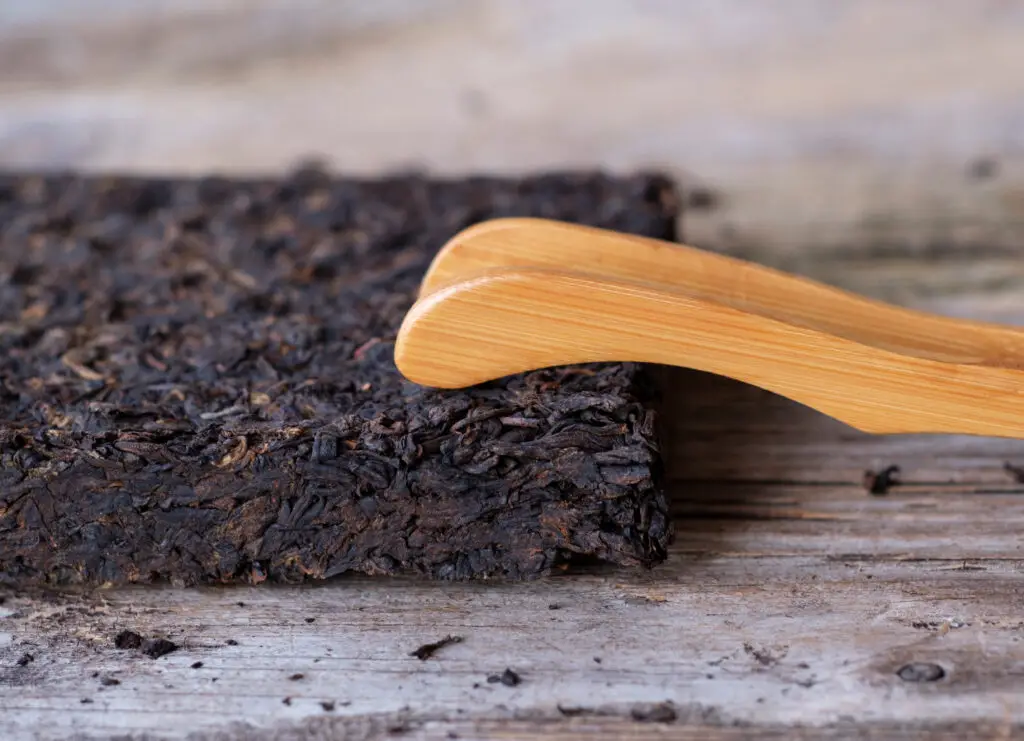
In ancient China and parts of Central Asia, tea wasn’t just a beloved beverage, it was money. Tea leaves were compressed into solid bricks, making them easy to transport and trade.
These tea bricks could be used to pay taxes or barter for goods. Their value depended on the quality of the tea and the skill of the brickmaker. In some regions, people would break off pieces of the brick to brew or trade. Tea bricks were both practical and valuable, blending two essentials, refreshment and commerce, into one.
6. Tobacco
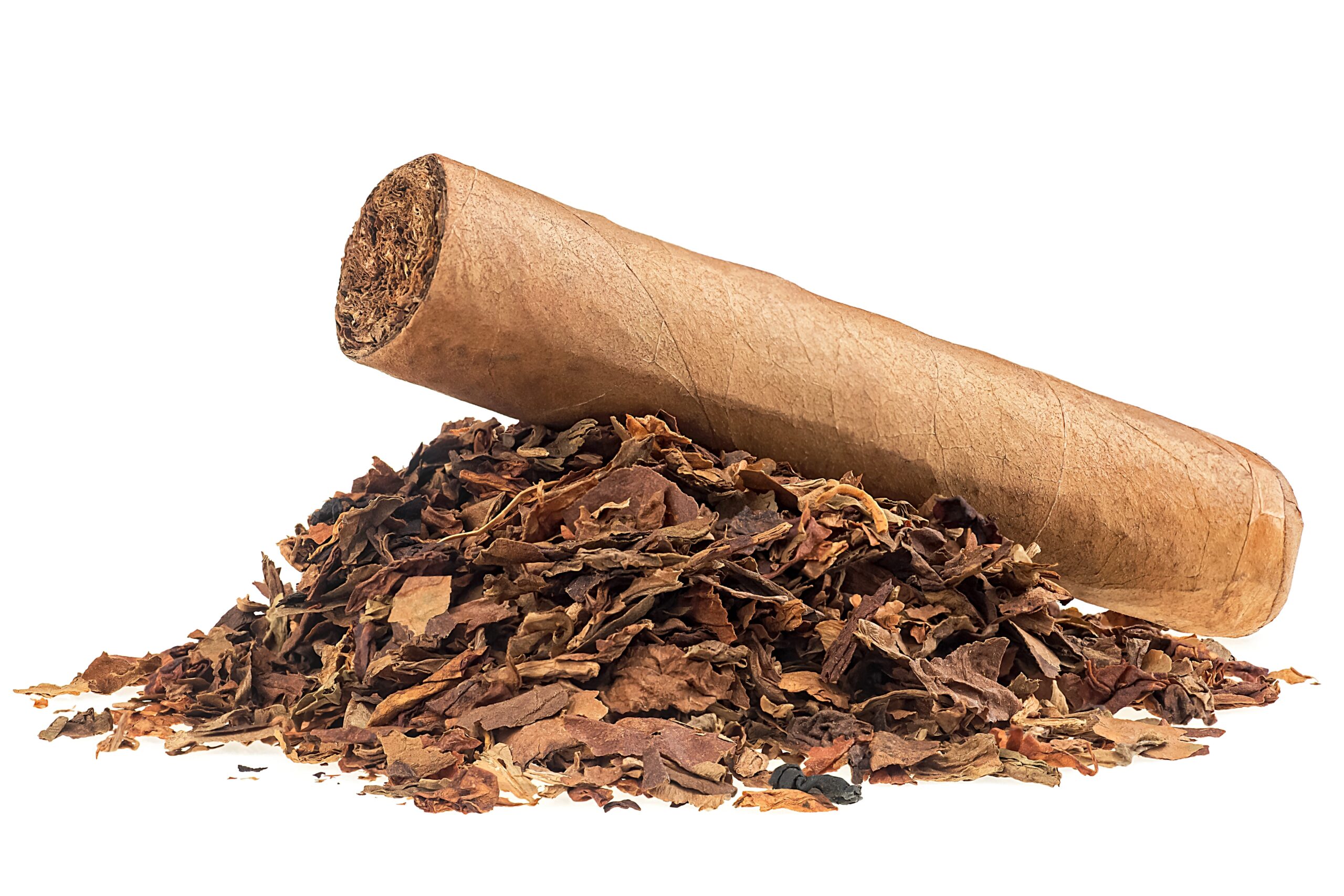
In colonial America, tobacco became an official form of currency, especially in Virginia. Farmers paid taxes and debts with tightly packed tobacco leaves, known as “tobacco notes.”
Tobacco was valuable not only for its popularity but also because it could be stored and transported relatively easily. Its role as currency even continued for years after coinage became more widespread in the colonies. However, its quality varied, leading to disputes and regulations about what counted as acceptable payment. Tobacco’s time as money highlights how adaptable people were with available resources.
7. Giant Stone Discs
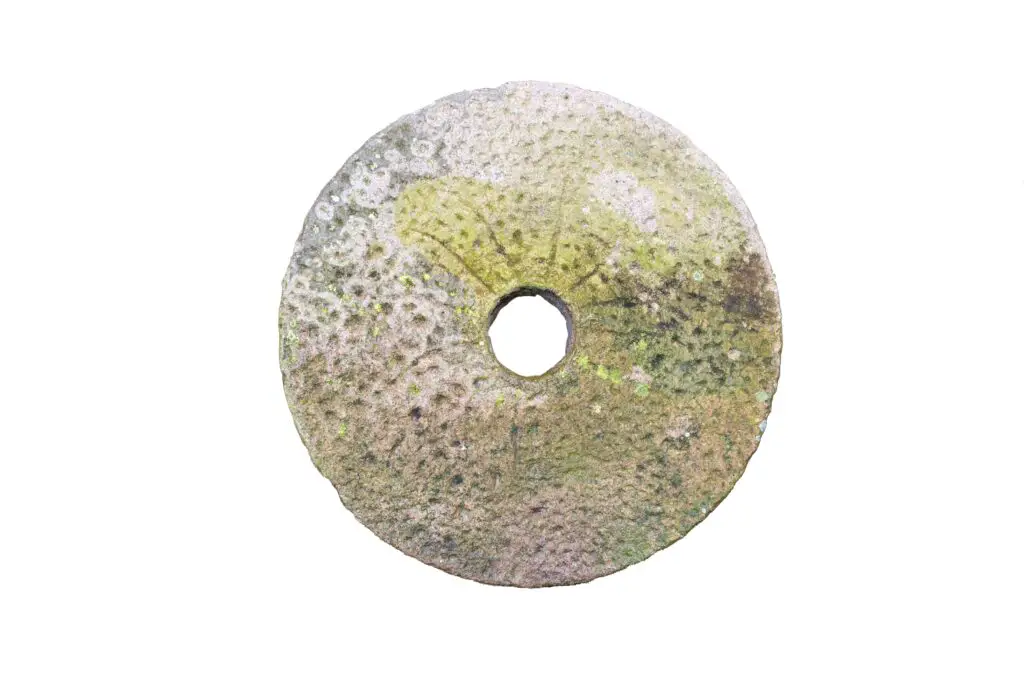
On the island of Yap in Micronesia, enormous limestone discs called Rai stones served as currency. Some of these stones were as large as 12 feet in diameter and weighed several tons.
Because of their size and weight, the stones often stayed in one place while ownership changed hands through verbal agreements. The value of each stone depended on its size, craftsmanship, and the difficulty of transporting it to the island. These stones showed that sometimes, currency was more about social agreements than physical possession. Even today, some Rai stones still stand as symbols of this unique economic system.
8. Spices

Before refrigeration, spices were crucial for preserving food and adding flavor, making them incredibly valuable. Items like pepper, cinnamon, and cloves were worth their weight in gold in medieval Europe.
Merchants traveled long, dangerous routes to bring these prized goods from Asia and the Middle East to Europe. The spice trade even helped spark the Age of Exploration, as European powers searched for direct routes to spice-producing regions. Spices were portable, easy to store, and universally desired, making them a perfect form of currency for centuries.
9. Beaver Pelts
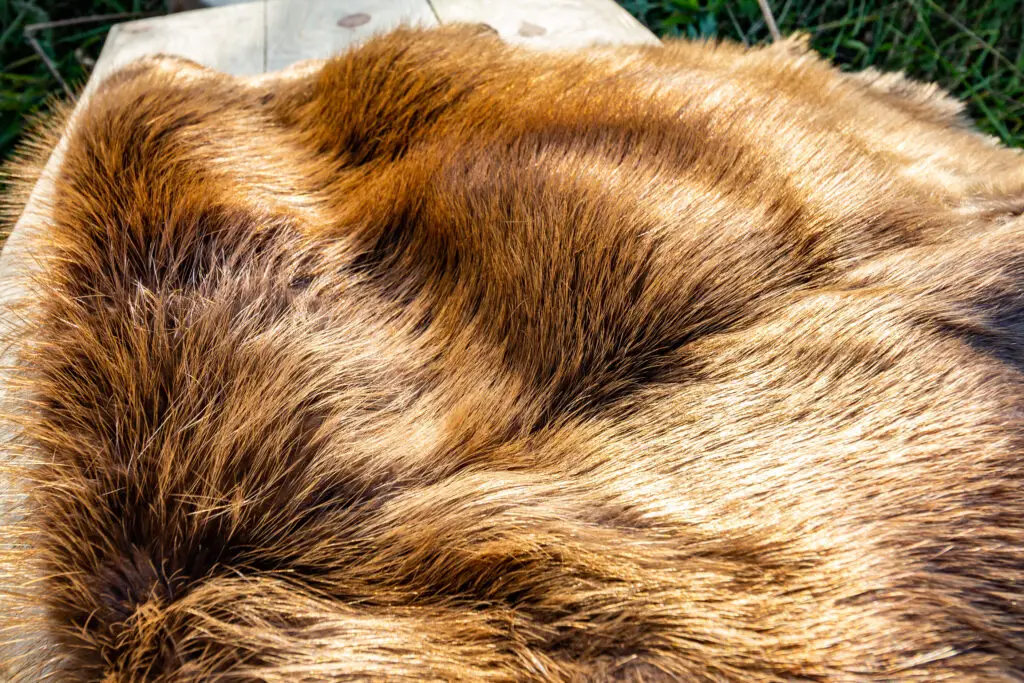
During the North American fur trade, beaver pelts became a major form of currency. Their soft, waterproof fur was highly prized in Europe for making hats and garments.
Trappers and traders exchanged pelts for goods, creating a booming economy centered around fur. The Hudson’s Bay Company even issued tokens representing pelt value. This trade had a huge impact on relationships between European settlers and Native American tribes. Eventually, overhunting and changing fashion trends ended the pelt’s reign as currency.
10. Knives

In some ancient cultures, practical items like knives doubled as money. These were not just any knives but specially crafted, sometimes even ceremonial, blades used primarily for trade.
In ancient China, knife money was common before standardized coins appeared. The blades often had inscriptions and varied in size and design. While they could theoretically be used as weapons, their main purpose was economic. Knife money represents how early societies often blurred the line between tools and currency.
11. Grain
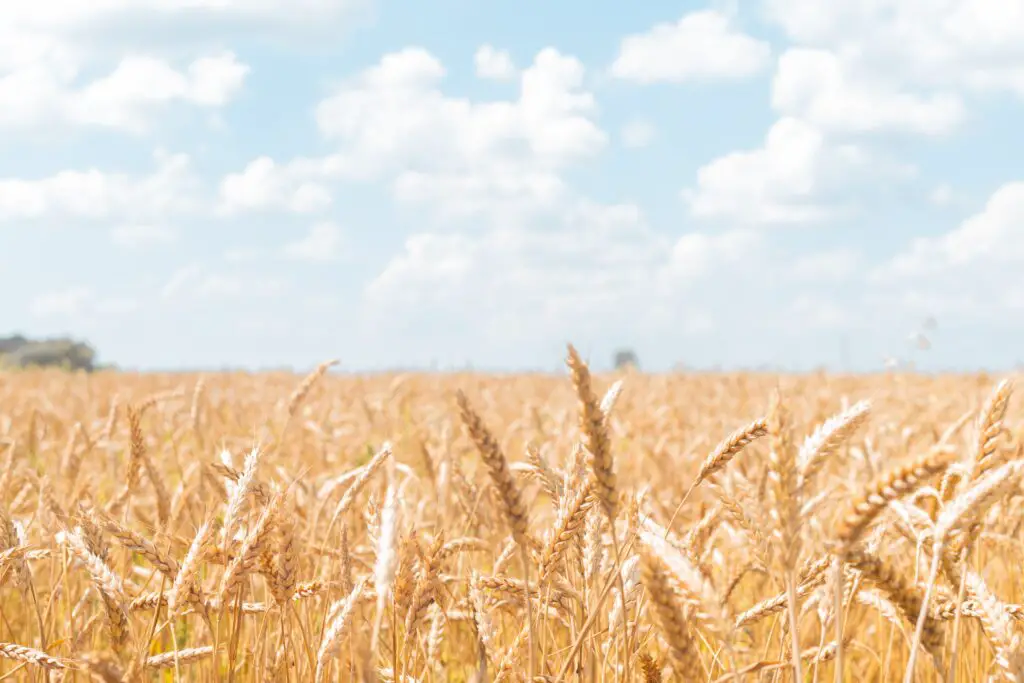
Grain, especially wheat and barley, served as an early form of currency in agricultural societies. It was essential for feeding populations and could easily be measured and stored.
In ancient Mesopotamia, grain payments were often recorded on clay tablets, serving as some of the earliest forms of accounting. Farmers could pay taxes, workers, and debts in sacks of grain. Its role as currency reflected the central importance of agriculture to early civilizations. However, storing large amounts of grain had its risks, including spoilage and theft.
12. Feathers

In some cultures, particularly in Central and South America, feathers held significant value and were used as currency and status symbols. Bright, exotic feathers from birds like the quetzal were especially prized.
These feathers were difficult to obtain, adding to their worth. They were often traded for goods or offered as tribute to rulers. The Aztecs, for example, used feathered garments and headdresses to display wealth and power. Even though feathers were light and fragile, their beauty and rarity made them a highly sought-after form of currency.
13. Whale Teeth

In Fiji, whale teeth known as tabua were and still are highly valued, often used in ceremonial exchanges, marriages, and negotiations. Their significance goes beyond simple trade.
The difficulty of obtaining whale teeth made them rare and precious. They symbolized honor, respect, and social agreements. Even today, tabua hold cultural importance and are sometimes presented during important events. In the past, their role as currency was deeply tied to maintaining relationships and social harmony.
14. Alcohol

Alcohol has served as a form of currency in various times and places. In colonial Australia, rum was used so widely for trade that the period became known as the “Rum Economy.”
Lack of official currency led settlers to rely on rum to pay for goods, services, and even salaries. This informal system had its downsides, including corruption and instability, but it worked for a time. Other cultures have also used alcohol as a trade good, reflecting its universal appeal. Its role as currency shows how necessity and resourcefulness shaped early economies.
